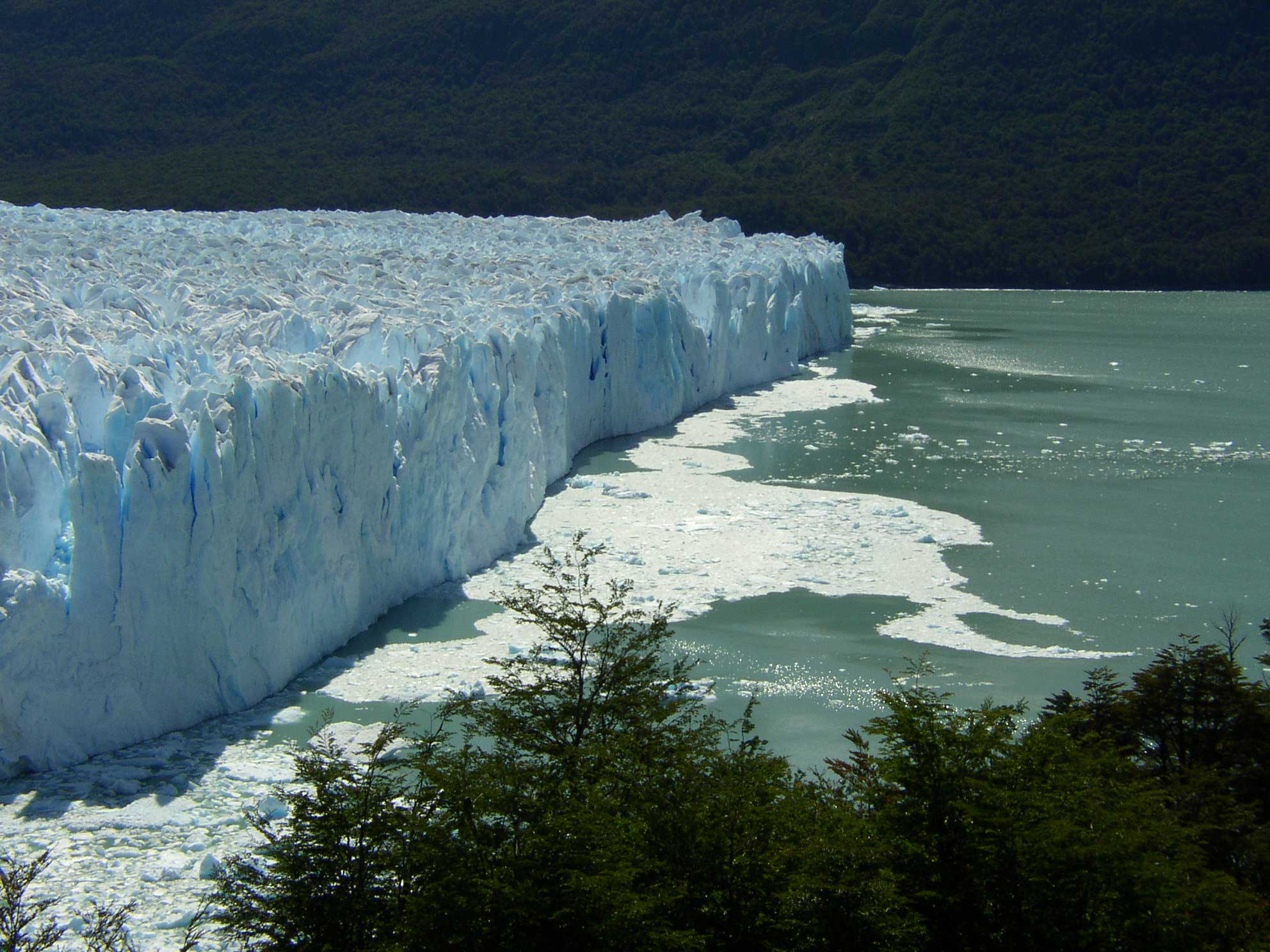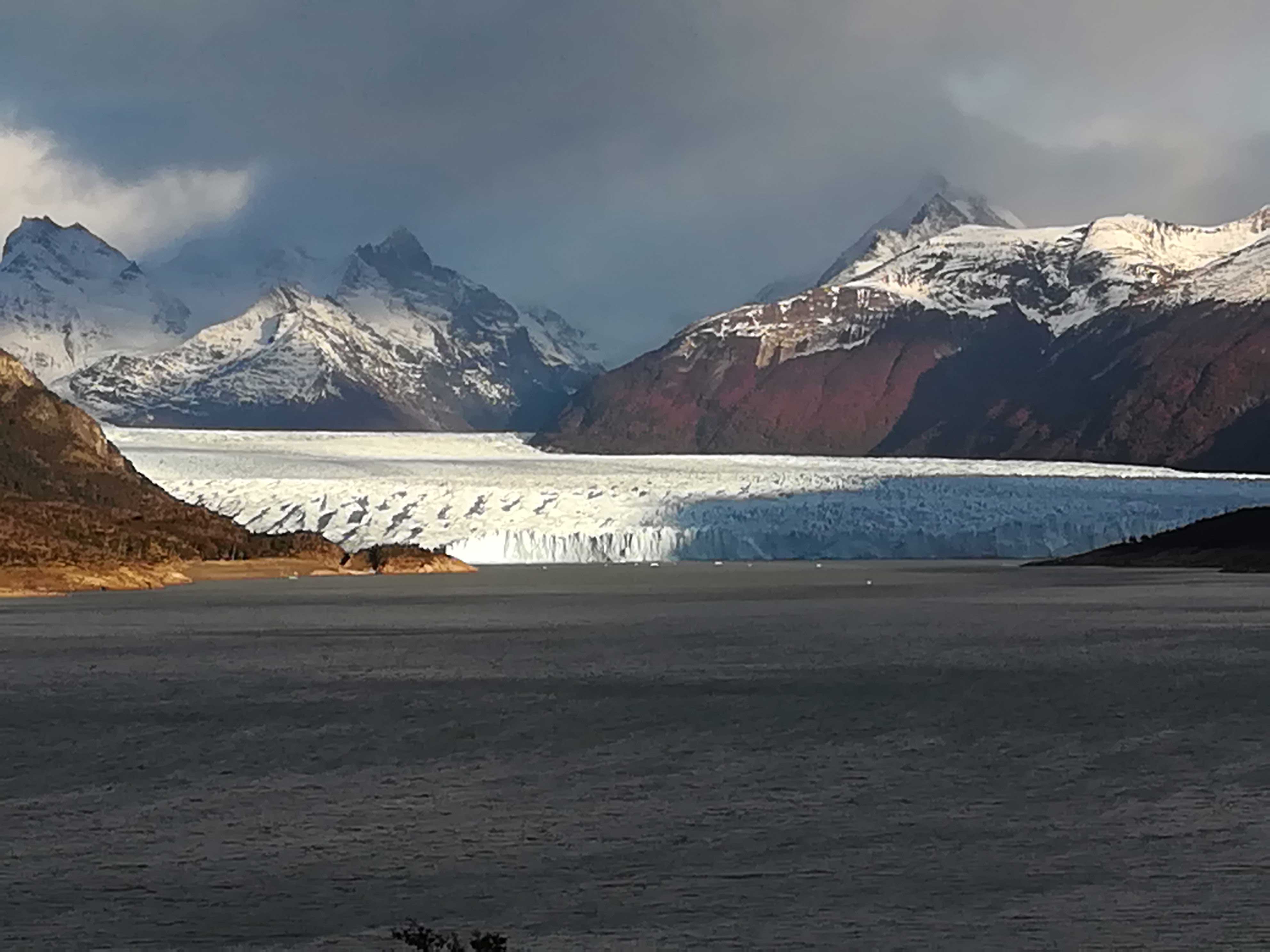
New evidence of the great vulnerability of the Patagonian ice sheets
The Patagonian ice caps are the largest in the entire Southern Hemisphere, with the exception of Antarctica, and cover part of the Andes mountain range in Argentina and Chile. Although they cover around 16 thousand square kilometres, they are still little known. A new study published in the Nature group's journal Communications Earth & Environment has reassessed the volume of the two Patagonian ice fields using remote sensing geophysical methods and satellite imagery. These ice caps have forty times more ice than all the glaciers in the European Alps and the study has shown how vulnerable they are to the effects of climate change.
The international research group, led by the Institute of Geography at the University of Erlangen-Nuremberg and made up of several universities and research institutes, including the National Institute of Oceanography and Experimental Geophysics – OGS, estimated that the ice sheets of Patagonia contain 5351 cubic kilometres of ice, reaching a thickness of 1400 metres in some glacial valleys.

